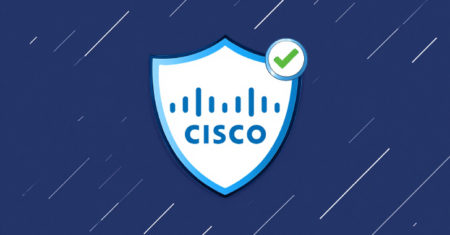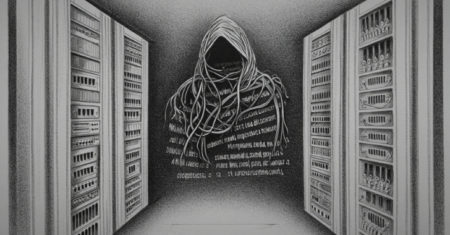CVE ID : CVE-2023-4515
Published : Aug. 16, 2025, 2:15 p.m. | 11 hours, 54 minutes ago
Description : In the Linux kernel, the following vulnerability has been resolved:
ksmbd: validate command request size
In commit 2b9b8f3b68ed (“ksmbd: validate command payload size”), except
for SMB2_OPLOCK_BREAK_HE command, the request size of other commands
is not checked, it’s not expected. Fix it by add check for request
size of other commands.
Severity: 0.0 | NA
Visit the link for more details, such as CVSS details, affected products, timeline, and more…




